DC Output Quality
For those of you that are curious as to some of the reasoning and equipment behind our PSU testing program here at TheFPSReview, we have put together an introduction for you that shares a lot of the behind-the-scenes of the program. This program is based on what the author developed at [H]ardOCP and utilizes the equipment bequeathed to the author by Kyle Bennett. The testing we are conducting today is exactly as described in that document and will continue with our examination of the DC Output Quality.
Control Test Graphing
This image is the blank background control test on an unused connector from our SM-8800 during the testing of the Cooler Master V850 SFX GOLD WHITE. This lets us determine what the background noise looks like during testing.
120v Input
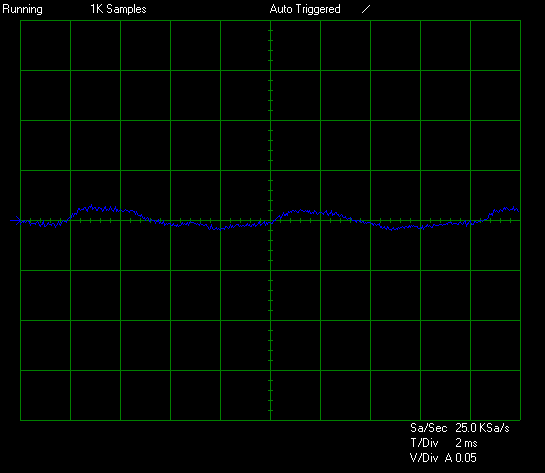
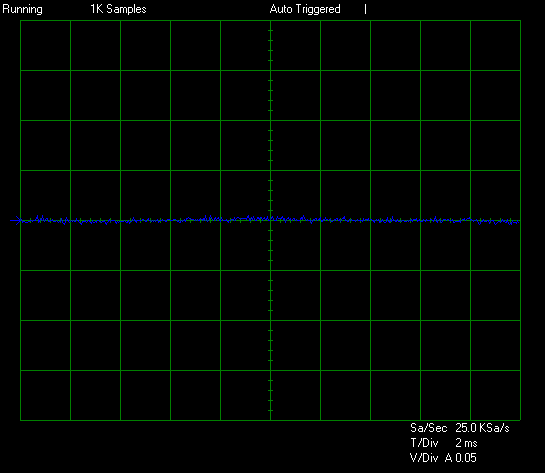
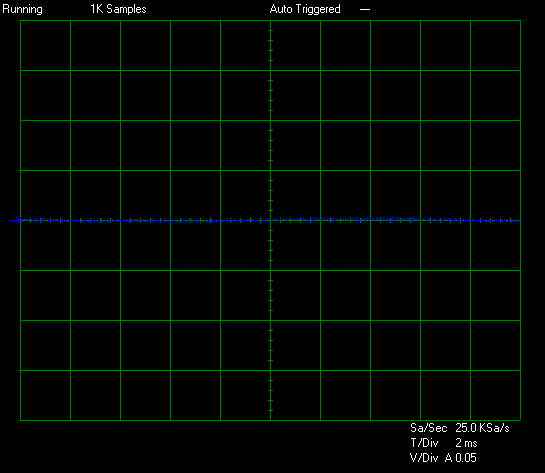
100v Input


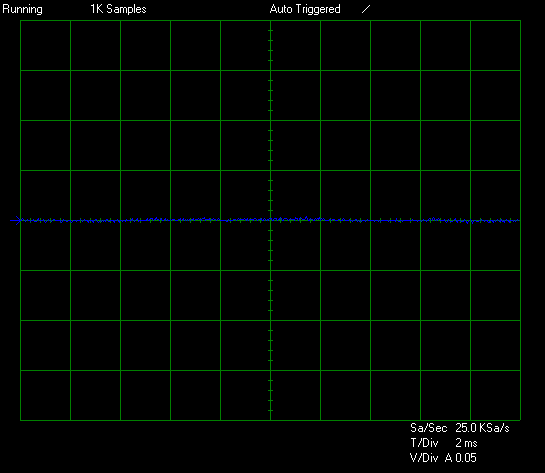
Test #1 is equal to approximately 25% of the rated capacity of the Cooler Master V850 SFX GOLD WHITE at 45c. This makes Test #1 equal to 221W by loading the 12v rail to 16a, the 5v rail to 2a, the 3.3v rail to 1a, the +5vsb to 2a, and the -12v to 0.3a. The V850 SFX GOLD WHITE is starting off in mixed shape. The 12v rail is peaking at ~25mV of ripple/noise and the minor rails are peaking at ~10mV of ripple/noise.
120v Input
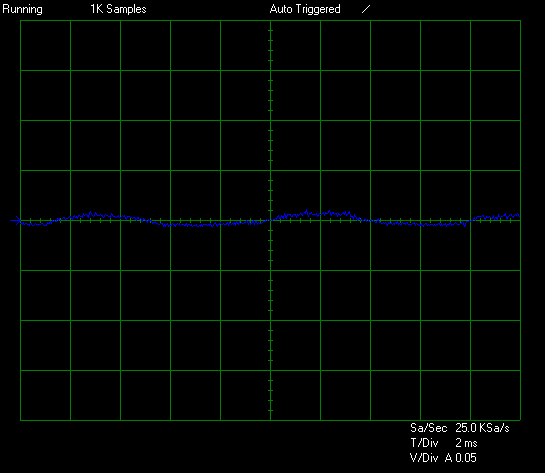
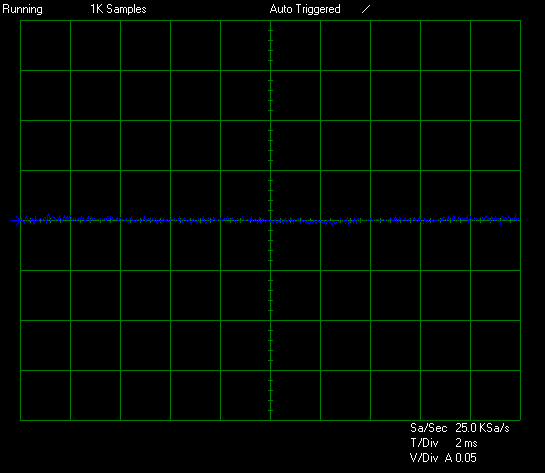

100v Input
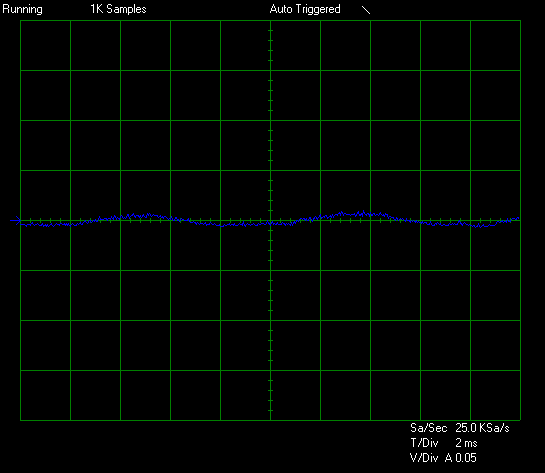
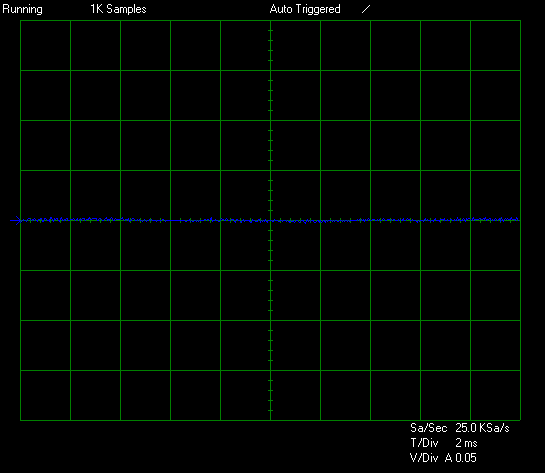

Test #2 is equal to approximately 50% of the rated capacity of the Cooler Master V850 SFX GOLD WHITE at 45c. This makes Test #2 equal to 429W by loading the 12v rail to 32a, the 5v rail to 4a, the 3.3v rail to 3a, the +5vsb to 2a, and the -12v to 0.3a. Test #2 sees no real change as the 12v rail is coming in at ~25mV of ripple/noise and the minor rails are coming in at ~10mV of ripple/noise.
120v Input
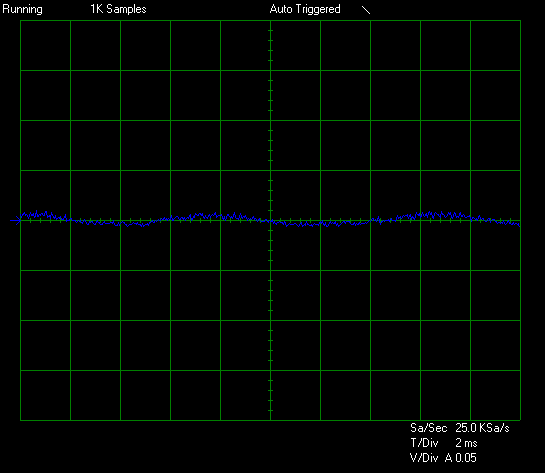

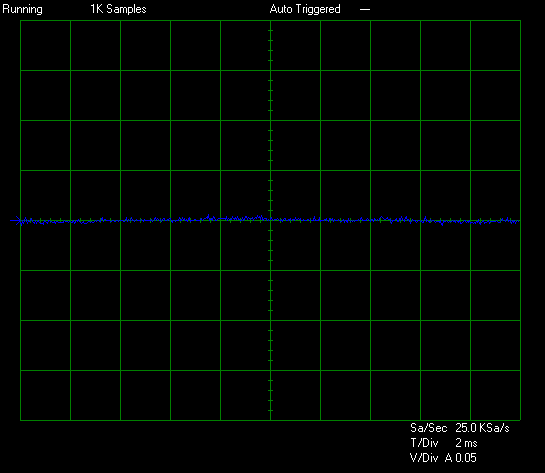
100v Input
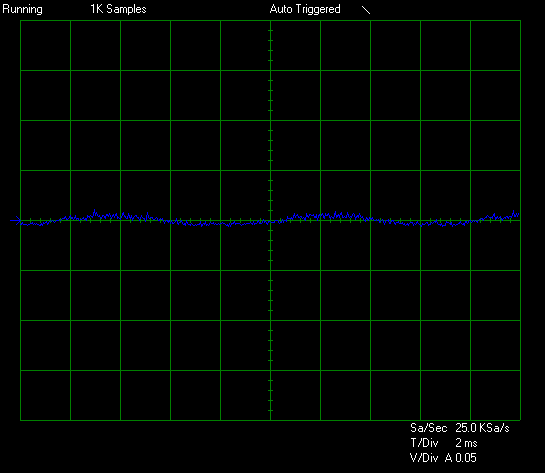

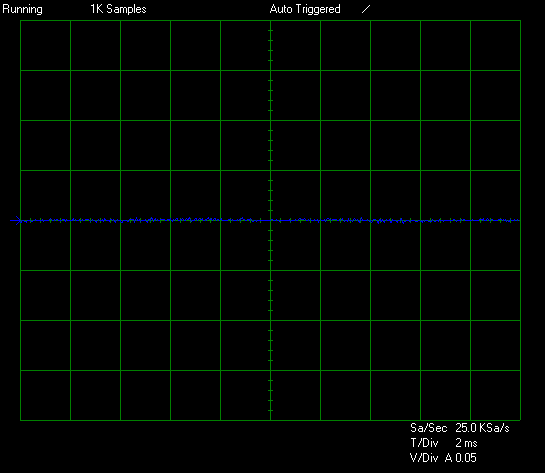
Test #3 is equal to approximately 75% of the rated capacity of Cooler Master V850 SFX GOLD WHITE at 45c. This makes Test #3 equal to 481W by loading the 12v rail to 48a, the 5v rail to 6a, the 3.3v rail to 4a, the +5vsb to 2a, and the -12v to 0.3a. Test #3 sees the 12v rail peaking at ~25mV of ripple/noise while the minor rails are coming in at ~10mV of ripple/noise or less.
120v Input

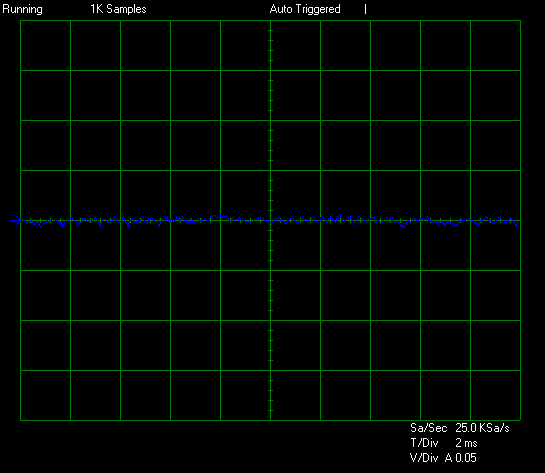
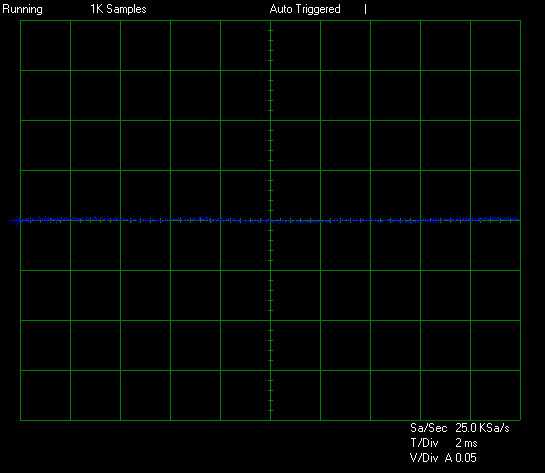
100v Input
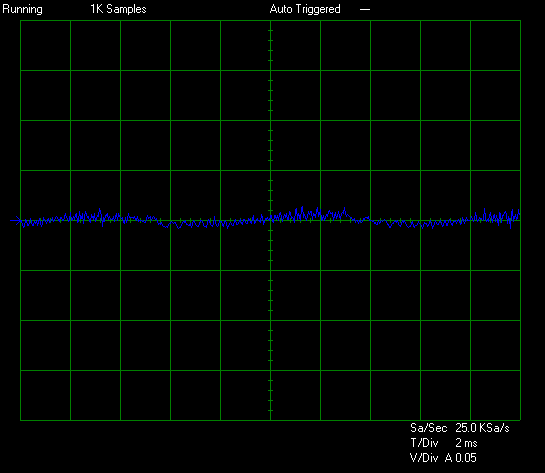

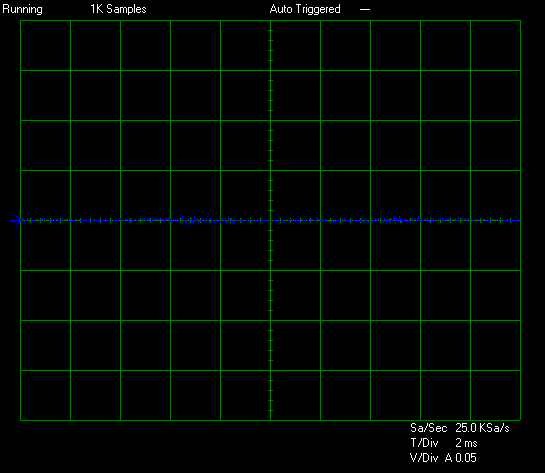
Test #4 is equal to approximately 100% of the rated capacity of the Cooler Master V850 SFX GOLD WHITE at 45c. This makes Test #4 equal to 841W by loading the 12v rail to 68a, the 5v rail to 2a, the 3.3v rail to 2a, the +5vsb to 2a, and the -12v to 0.3a. In the final regular test, we see the 12v rail peaking at ~25mV of ripple/noise while the minor rails are peaking at ~15mV of ripple/noise (5v) or ~10mV of ripple/noise (3.3v).
Torture Test
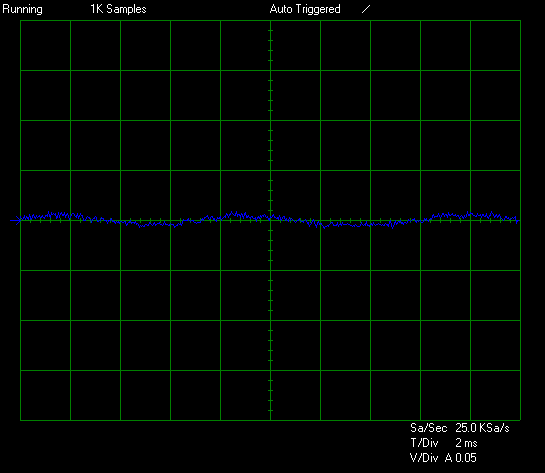


The Torture Test is equal to approximately 80% of the rated capacity of the Cooler Master V850 SFX GOLD WHITE at 45C. This makes the Torture Test equal to 661W by loading the 12v rail to 50a, the 5v rail to 7a, the 3.3v rail to 5a, the +5vsb to 2a, and the -12v to 0.3a. At the end of the Torture Test, we see the 12v rail peaking at ~25mV of ripple/noise while the minor rails are peaking at ~15mV of ripple/noise (5v) or ~10mV of ripple/noise (3.3v).
DC Output Quality Summary
The overall DC Output Quality of the Cooler Master V850 SFX GOLD WHITE is excellent! The V850 SFX GOLD WHITE ended up posting a peak trace amplitude on the 12v rail of ~25mV followed by ~15mV on the 5v rail and ~10mV on the 3.3v rail during our normal tests. The worst relative value among these hit well below ~50% of the ATX12v specification limit and this was on the 12v rail. The minor rails did even better! Additionally, these results are mixed with the lower-powered V650 SFX GOLD. So, while we do not have other SFX 850W units to compare to these numbers, these values do seem to be very good in general and for this platform! Let’s move on now and see how all of this wraps up!

